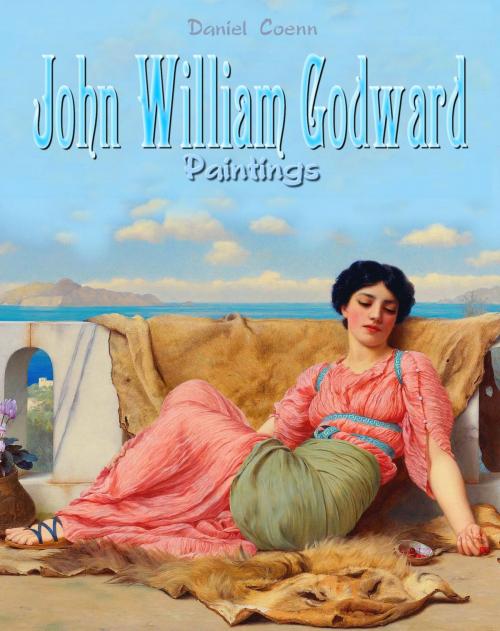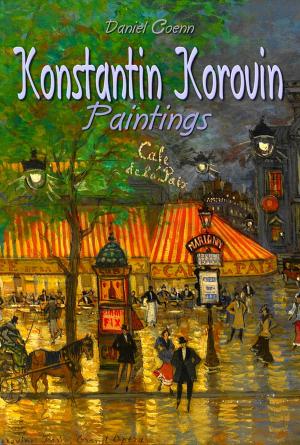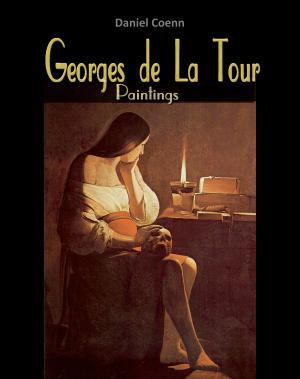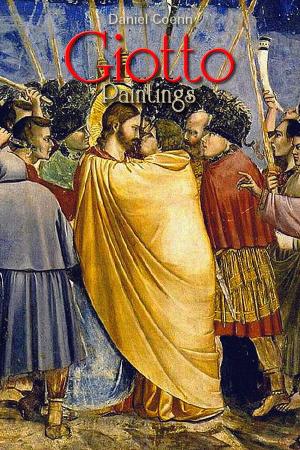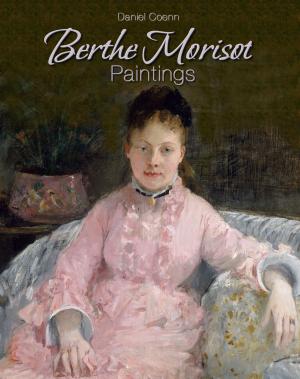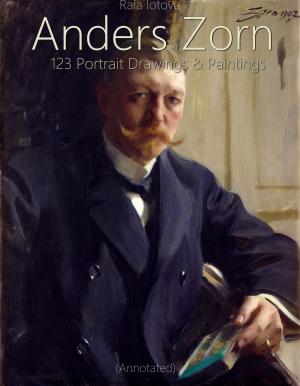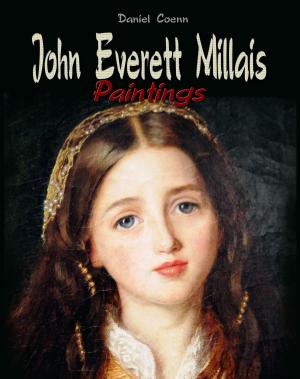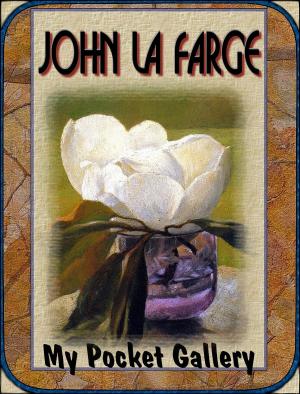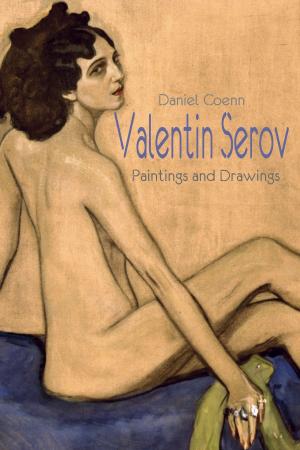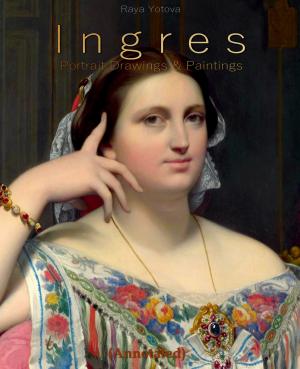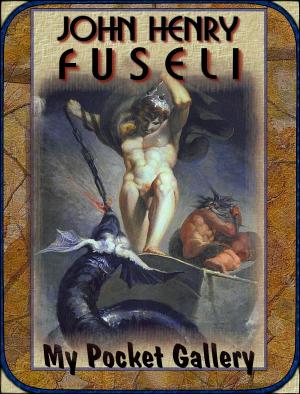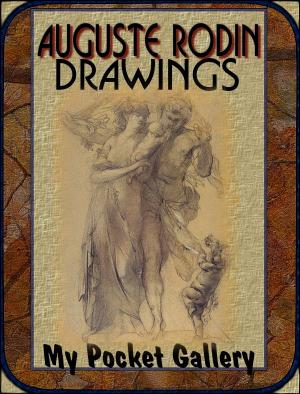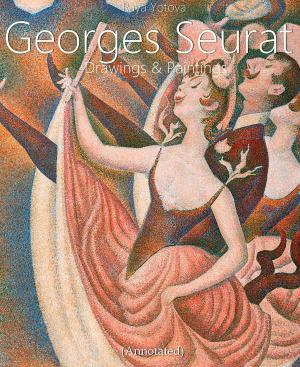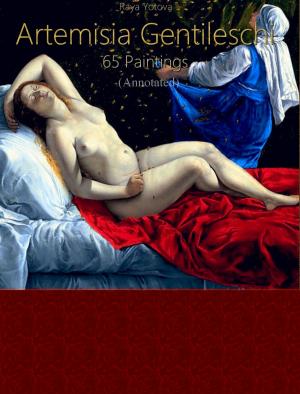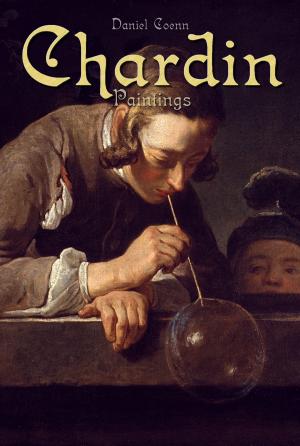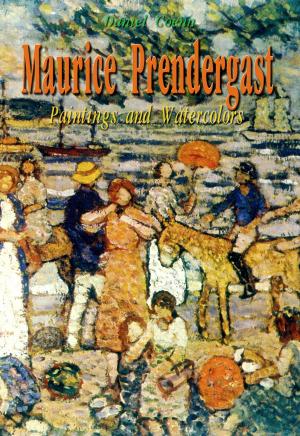John William Godward
Paintings
Biography & Memoir, Artists, Architects & Photographers, Nonfiction, Art & Architecture| Author: | Daniel Coenn | ISBN: | 1230000178412 |
| Publisher: | Classic & Annotated | Publication: | August 25, 2013 |
| Imprint: | 1 | Language: | English |
| Author: | Daniel Coenn |
| ISBN: | 1230000178412 |
| Publisher: | Classic & Annotated |
| Publication: | August 25, 2013 |
| Imprint: | 1 |
| Language: | English |
John William Godward was an English painter from the end of the Pre-Raphaelite era. He was a Victorian Neo-classicist and a follower in theory of Frederic Leighton but he is more closely allied stylistically to Sir Lawrence Alma-Tadema, with whom he shared static landscape features constructed from marble. The vast majority of Godward's extant images feature women in Classical dress, posed against these landscape features, though there are some semi-nude and fully nude figures included in his oeuvre. The titles reflect Godward's source of inspiration: Classical civilisation, most notably that of Ancient Rome. Godward, too, studied such details as architecture and dress, in order to ensure that his works bore the stamp of authenticity. By 1919 his work was no longer held in admiration by either the critics or the public. He committed suicide in 1922, leaving a note saying that the world was not big enough for him and modern painters like Picasso.
John William Godward was an English painter from the end of the Pre-Raphaelite era. He was a Victorian Neo-classicist and a follower in theory of Frederic Leighton but he is more closely allied stylistically to Sir Lawrence Alma-Tadema, with whom he shared static landscape features constructed from marble. The vast majority of Godward's extant images feature women in Classical dress, posed against these landscape features, though there are some semi-nude and fully nude figures included in his oeuvre. The titles reflect Godward's source of inspiration: Classical civilisation, most notably that of Ancient Rome. Godward, too, studied such details as architecture and dress, in order to ensure that his works bore the stamp of authenticity. By 1919 his work was no longer held in admiration by either the critics or the public. He committed suicide in 1922, leaving a note saying that the world was not big enough for him and modern painters like Picasso.
